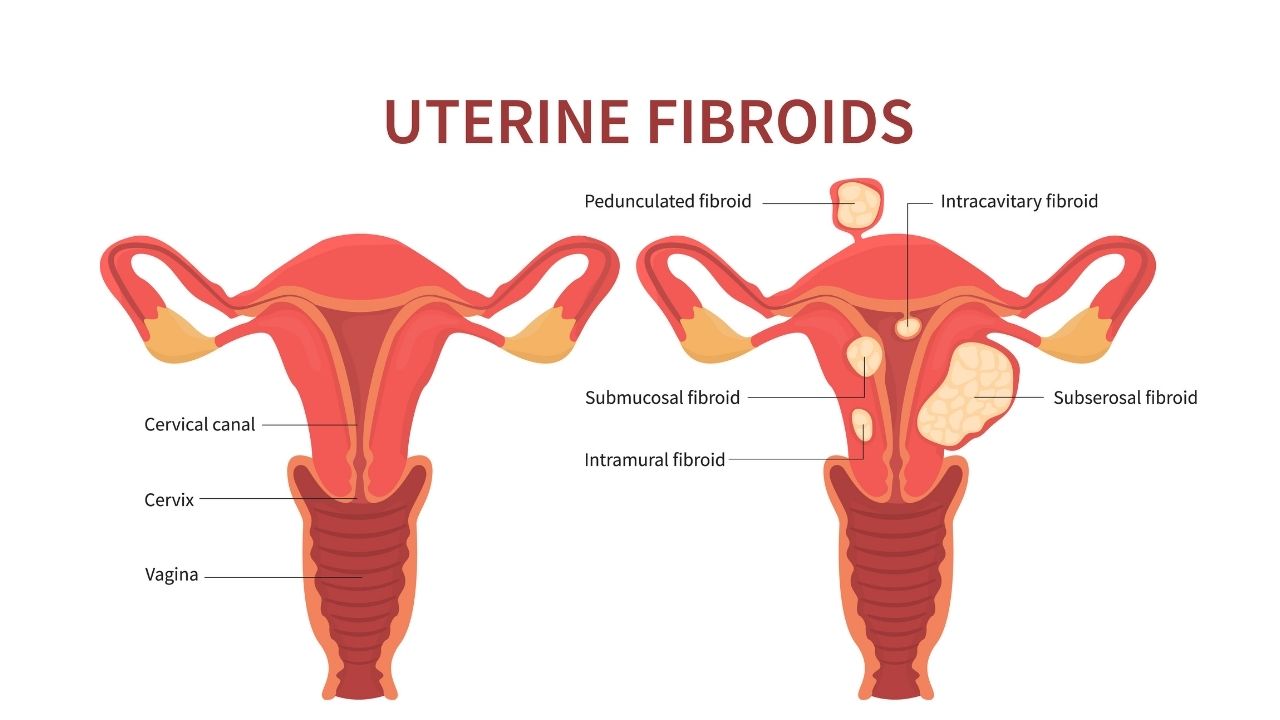Abnormal growths in or on the uterus are called fibroids. They are also interchangeably called uterine fibroids. They generally don’t show any symptoms and go away on their own. However, in certain cases, they become large enough to cause symptoms. In such situations, you need to find the best fibroids surgeon in South Delhi.
In this blog, we will have a quick look at uterine fibroids along with the symptoms and treatments.
What Are Fibroids?
Fibroids are non-cancerous growth (benign) on/in the uterus. They are also known as uterine fibroids, myomas, and fibromas. Studies have found that around 20-80% of women experience uterine fibroids. Most of them do not experience any severe symptoms and do not require any treatment as well.
What Are the Types of Fibroids?
Fibroids are classifieds based on their location in/on the uterus:
Intramural Fibroids
These are the commonest types of fibroids that appear within the muscular wall of the uterus. They may grow large stretching the uterus.
Subserosal Fibroids
Fibroids that develop on the outside of the uterus (serosa) are called subserosal fibroids. These fibroids may also grow big making the uterus appear big from one side.
Pedunculated Fibroids
Sometimes, subserosal fibroids develop a stem supporting the tumor. Such fibroids are called pedunculated fibroids.
Submucosal Fibroids
Fibroids that develop in the myometrium (middle layer of the uterus) are called submucosal fibroids.
Cervical Fibroids
As the name suggests, these types of fibroids develop in the cervix.
What Are the Symptoms of Fibroids?
The location and size of uterine fibroids decide the type of symptoms they will show. If the woman has submucosal fibroids, she may experience heavy menstrual bleeding along with problems in conceiving.
Here are some of the common signs and symptoms associated with uterine fibroids:
- Heavy bleeding that may occur between or during menstruation
- Clots in menstrual bleeding
- Menstruation that may last longer
- Severe cramps during menstruation
- Lower back pain
- Pelvic pain
- Painful intercourse
- Abdominal swelling
- Increased urination
What Causes Fibroids?
The cause of fibroids is still under research. However, there may be certain factors that influence their development:
Hormones
The production of estrogen and progesterone may result in the regeneration of the uterine lining during each menstrual cycle while stimulating the growth of fibroids.
Family history
If you have anyone (women) in the family with a history of fibroids, you are also likely to develop the same.
Age
Women above 30 are at high risk of developing fibroids.
Obesity
Fibroids risk becomes high in women with high body weight.
What is the Treatment for Fibroids?
The age of the patient and the size & location of the fibroid will decide the type of treatment required. In moderate cases, home remedies like exercise, yoga, & massage along with acupuncture and dietary changes can help improve the condition.
Medications may be prescribed to relieve painful symptoms and control hormonal levels. If fibroids develop bigger, surgery may be required to remove them. Minimally invasive surgery is preferred by surgeons these days. Sometimes, non-invasive procedures like forced ultrasound surgery may also remove fibroids.
If you are looking for the best fibroids surgeon in South Delhi, contact Dr. Ruchi Tandon.
